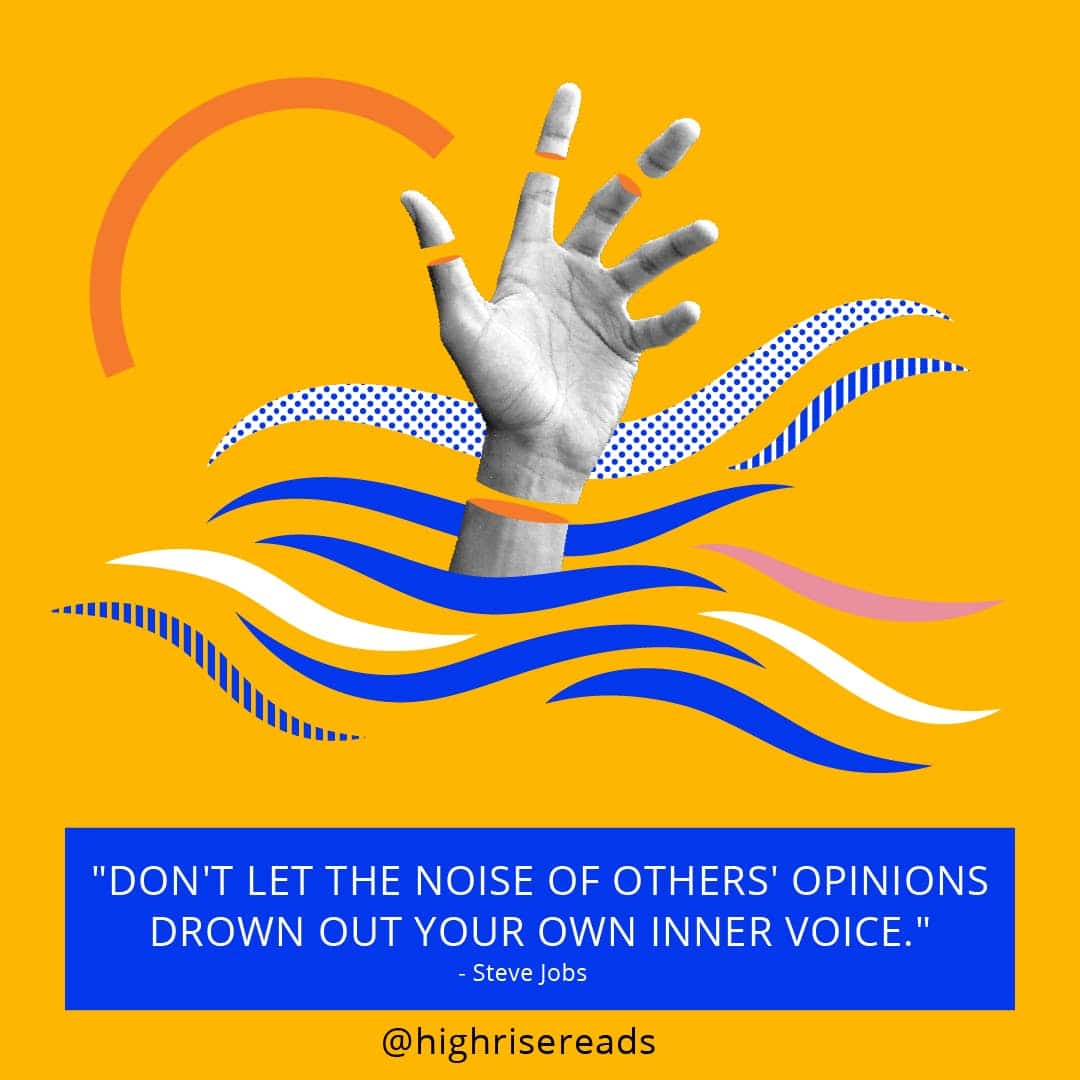
COMING AT YOU WEEK OF 10.26.21
This week’s most important marketing news
ONE
You can now post photos and short videos to Instagram on desktop.
They’re also testing a collab feature that allows two accounts to co-author a post. Co-authored posts appear in both authors’ profiles, share the comment thread, and share the amount of views and likes.
TWO
Mark Zuckerberg will announce a new company name for Facebook on Thursday, October 28. It might not be as big of a deal as that sounds. They’ll likely be giving a name to the parent company that houses FB, Instagram, Oculus, WhatsApp, etc. They say that the name will be metaverse inspired.
THREE
Last Thursday, Google said they’ll be dropping their app store service fee from 30% to 15%. Apple has also been adjusting its app store fees. They still require 30% in the first year, but decrease that percentage to as low as 15% for accounts that qualify in following years.
This makes apps a bit more affordable for small businesses. Some organizations may consider app development now, when they wouldn’t have before.
Here’s what we’ve got for your goody bag this Halloween
How conflict enhances your ads, landing pages, emails, and more
Have you guys ever heard the story of the yellow ribbon? It goes something like this:
One day, John realizes that his best friend, Jane, has always worn a yellow ribbon around her neck, and he doesn’t know why. He can’t believe he never asked about it, but when he does. She says, “Oh no reason,” with a smile.
John shrugs it off, and they leave to go grab dessert. A few days later they went to a friend’s football game together. A week later they went to a big party together.
John realizes that he and Jane aren’t just friends. So he says, “Hey Jane, will you tell me about your yellow ribbon now that we’re going out?”
She laughed. “Maybe I’ll tell you someday!”
John was frustrated but he didn’t feel like pushing his luck. Then, before John knew it, it was a beautiful night and he was smiling real big because Jane had told him at dinner that yes, she would marry him. Suddenly she looked more serious though and said, “You know, maybe I will tell you about this yellow ribbon when we’re married.”
But the wedding was too busy for talk about the yellow ribbon, and before John knew it they had two lively kids that ruled their time. One afternoon things were quiet enough that he thought to ask, “Jane, isn’t it about time to tell me about the ribbon?”
Jane looked to their busy kids through the window, and John was surprised to see tears in her eyes. “Well, let’s not worry about it then,” John assured her. Even after years of marriage, tears still scared him.
A long, full life passed between John and Jane bringing them to a still morning that shook softly with Jane’s breathing. She was sick, and John didn’t think tomorrow morning would be so peaceful. Jane sat listening as John talked to her about their happy life and mentioned, in passing, how she had kept the ribbon’s secret all this time.
Jane had been quiet all morning, but now she gestured for John to come close. “It’s time you know, John. Go on, take off the ribbon.”
John moved behind her and untied the yellow ribbon. And Jane’s head fell right off.
Why it matters
Persuaders need to be great storytellers. And the tale of the yellow ribbon illustrates how conflict drives a story.
This story’s conflict: there’s a secret about the yellow ribbon that John doesn’t know and Jane won’t tell him. (Plus it fit the spooky Halloween vibe we wanted today.)
Conflict feels natural in the gripping stories you watch on Netflix. But each story you tell about your brand or product can also be enhanced with conflict.
And yet, it feels counterintuitive to promote conflict. No one really wants conflict (well, no healthy people). And that’s the point; we seek resolution. So when you introduce conflict, it illustrates a problem people identify with, encouraging them to hear how you solve that problem.
Let’s show some examples; everyone loves examples
The conflict: The PC is suffering with a virus.
Why it’s persuasive: People identify with the frustration and danger of viruses, and they want solutions for a virus-free computer.
|
|
Source
The conflict: You don’t have the test results you want.
Why it’s persuasive: The reader connects with the conflict and is interested a solution.
Think about the problem your audience is feeling and use it as the conflict in the next message you craft.
Now go stir the pot. 🧙
Lets get visual

